Growing sea buckthorn in a summer cottage
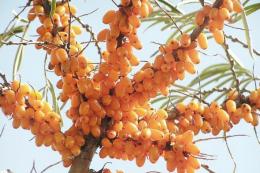
Perhaps today it is difficult to meet a person who does not know such a plant as sea buckthorn. Its value was fully appreciated only in the twentieth century.
For those who have their own dacha or garden, growing sea buckthorn will not be difficult. The main thing is to know where and how.
Spring is considered the best time for planting.
Preparing for landing
Before digging the planting holes, you should clear the area and loosen it to a depth of 8-10 cm. The planting hole should be approximately 40x40 cm. Place a 10 cm thick drainage made of crushed stone or broken brick at the bottom of the hole in the center.
When planting on good soil, it is enough to add up to 1 kg of humus and 200 grams of superphosphate to each hole.
If the soil is heavy in mechanical composition and has a lot of clay inclusions, it is better to add peat or river sand to it in a 1:1 ratio. Organic and mineral fertilizers also need to be added.
The planted seedling is watered with twenty liters of water, mulched and tied to a support. You need to know that the root collar of the seedling is buried below the soil level by about 3-5 cm. Sea buckthorn is a dioecious plant, so for every 4-5 female specimens you need to plant one male seedling.
Growing sea buckthorn until the berries are produced takes approximately 3-4 years.
Sea buckthorn care
Care consists of fertilizing, loosening the soil, pruning, and controlling pests and diseases. Loosening is carried out as necessary; it is desirable that the soil is constantly in a loose state. Once every 3-4 years, 2-3 kg per 1 sq.m. is added between the rows for autumn digging.meter of organic compost and 30-40 grams of superphosphate. Digging is done no closer than 1 meter from the trunk, otherwise the root system can be damaged.


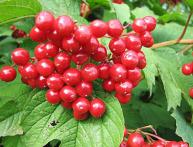
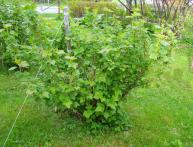
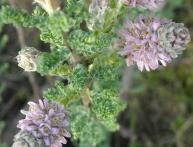
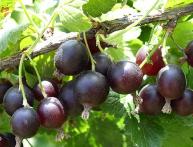
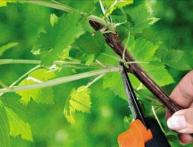
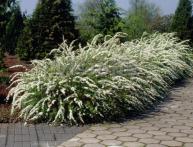
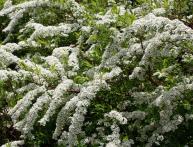
Comments
Thank you for such an interesting article. I also read interesting information about care, I will definitely carry out such loosening!
I tried several times to plant sea buckthorn in my dacha, but for some reason it didn’t take root. There is another scourge - aphids. I sprayed it several times a season, all to no avail. In our area near the forest, there are a lot of ants, and they take the aphids away from the plants.
And for me the biggest problem was harvesting sea buckthorn. All the fingers are pricked, the berries burst, the acid from the juice immediately corrodes the micro-wounds. Now I collect sea buckthorn after frost, so they come off easier, or even when the berries freeze. I just shake the tree and collect the berries on a spread cloth. Of course, there are harvest losses, but what a saving in time and effort.